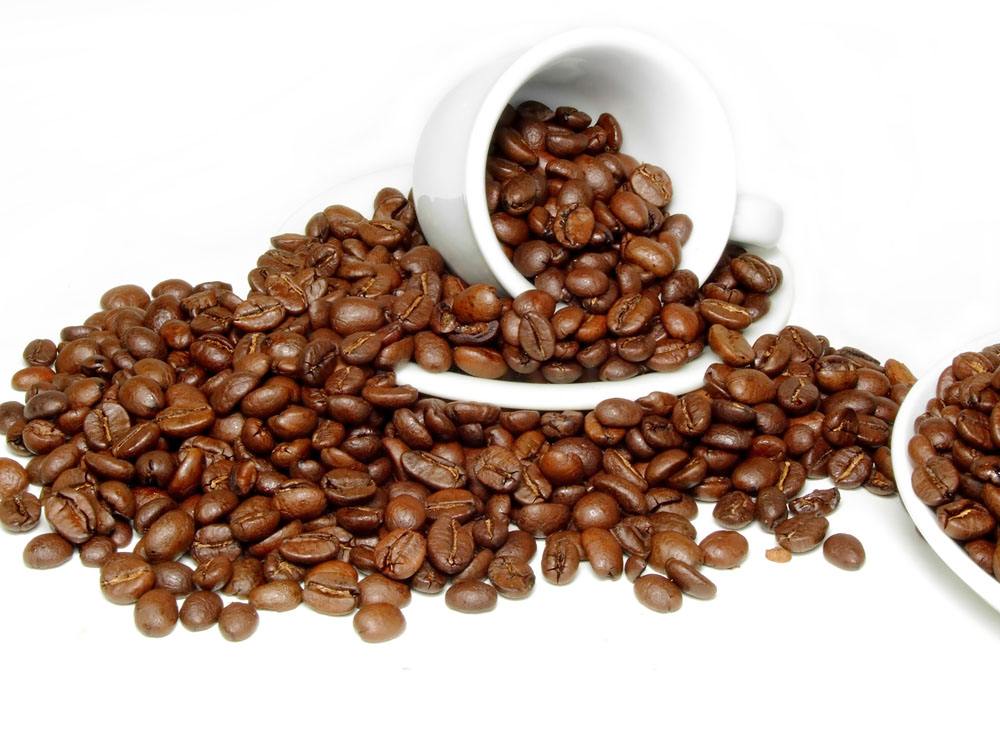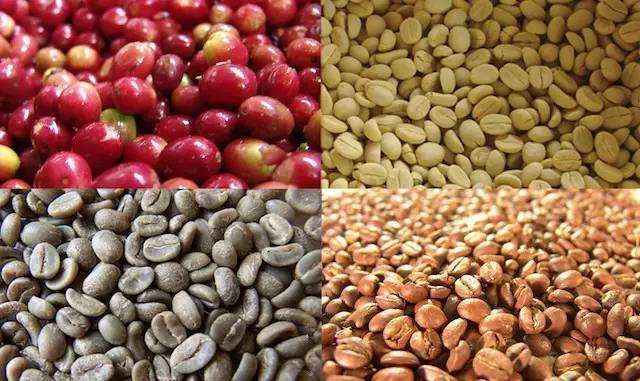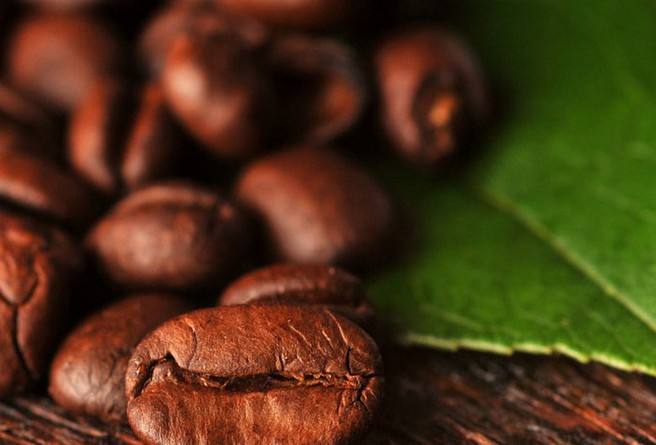Knowledge of classification of coffee roasting methods
Follow the caf é (Wechat official account vdailycom) and found that Beautiful Cafe opened a small shop of its own.
Classification of baking methods
1. Direct fire baking
The direct-fire roaster puts the raw beans into a perforated drum and then contacts the beans directly with the fire of the gas burner.
There are two relatively simple and common ways:
1. A kind of direct-fire roaster, commonly known as "local cannon"
2. Hand net baking
Advantages of direct fire baking:
Make the taste and aroma of coffee easy to produce directly.
The machine is not easy to break down because of its simple structure.

Disadvantages:
The heat conduction rate of the metal is not fast enough and it takes more time to complete the baking.
Beans come into direct contact with the flame, the surface is easy to color, but the heat is not easy to reach the center of the beans.
Beans are easy to scorch, and deep baking will produce a foul smell.
The beans are slightly less swollen, making it difficult to bake coffee with a balanced taste.
It is often used to process a small amount of coffee beans at home.
two。 Semi-hot air type
The semi-hot air type roaster is the drum covered with iron plate, and the hot air is sent to the rear of the drum, so that the beans do not come into direct contact with the fire.
Now most of the roasters use semi-hot air type. Characteristics of semi-hot air type:
Beans do not come into direct contact with fire, so it is not easy to produce fragrant aroma.
The taste is fresh, bright and even.
Baking is easy to control, making moisture-rich new beans easy to bake.
Beans are in good state of expansion.
Mostly used in small and medium-sized cafes or roasters
3. Hot air type
The hot air roaster tries to open another combustion chamber, and the hot air is sent through the tube from the rear and side of the drum. Almost all of the 100-kilogram large roasters used in coffee factories and so on fall into this category.
Large commercial hot air roaster
The change of coffee beans
Coffee raw beans, roasted at different temperatures, the beans will change color, at this time will produce different flavor. Roughly divided into 11 temperatures, let's see what different color changes there are.
Raw beans (Green Beans) 22 ℃ (72 ℉)
Under normal circumstances, raw beans can be preserved for at most two years.
2. Dehydration stage (Drying Phase) 165 ℃ (329 ℉)
During the dehydration stage, the beans have been absorbing heat, and until the moisture in the beans is removed, the completion mark lies in an explosion.
Shallow baking (Light roast)
3. Cinnamon baking (Cinnamon Roast) 196 ℃ (385 ℉)
Very shallow baking, sporadic explosion. Light brown, grilled cereal flavor, with acidity, with tea-like properties
New England Bakery (New England Roast) 205 ℃ (401 ℉)
The surface is still brown and black, and this baking degree is a favorite of bakers with the concept of boutique baking, emphasizing the flavor of the producing area and complex acidity.
American baking (American Roast) 210 ℃ (410 ℉)
It's over with an explosion. The baking degree of the origin flavor is still complete.
VI. Urban Baking (City Roast) 219 ℃ (426 ℉)
Most boutique bakers stop at this baking degree, and different kinds of beans have a good taste at this baking degree, although the taste of baking has been revealed.
7. City-wide baking (Full City Roast) 225 ℃ (437 ℉)
Sporadic oil, the taste of baking is very obvious. The second explosion is sporadic.
Viennese baking (Vienna Roast) 230 ℃ (446 ℉)
The surface is slightly oily, more bitter and sweet, caramel is full of sweetness, acid tends to be peaceful, and the second explosion is dense. With this baking degree, the flavor of the producing area almost disappeared.
9. French Baking (French Roast) 240 ℃ (464 ℉)
The shining of the oil, the sharp decrease of acidity, the end of the second explosion, almost all the taste of baking, the flavor of the producing area disappeared completely.
Italian baking (Italian Roast) 245 ℃ (473 ℉)
The oil is brighter, the smell of coke becomes obvious, and the acidity almost disappears.
Spanish style (Spanish Roast) 250 ℃ (482℉)
Close to black, coke and tar tone.
Important Notice :
前街咖啡 FrontStreet Coffee has moved to new addredd:
FrontStreet Coffee Address: 315,Donghua East Road,GuangZhou
Tel:020 38364473
- Prev

Common sense of "raising beans" after roasting coffee
Following caf é comments (official Wechat account vdailycom) found that Beautiful Cafe opened a small shop of its own. The word "raise beans" is often seen in coffee bags or some online materials. What is the role of growing beans? After roasting, coffee beans will produce a series of chemical reactions and produce a large amount of carbon dioxide, and most of the gas will remain in the coffee.
- Next

Effect of moderate Baking on Coffee Flavor
Following Cafe Review (official Wechat account vdailycom) found that the light roasting of fortified nutty caramel in Beautiful Cafe is milder because the fermented flowers and fruits retain the most sour aromas, so it is easy to smell the sour aroma of coffee. If you continue to bake, that is, from the end of the first explosion to the middle baking before the second explosion, or even the medium and deep baking from just to the second explosion, fermentation
Related
- Beginners will see the "Coffee pull flower" guide!
- What is the difference between ice blog purified milk and ordinary milk coffee?
- Why is the Philippines the largest producer of crops in Liberia?
- For coffee extraction, should the fine powder be retained?
- How does extracted espresso fill pressed powder? How much strength does it take to press the powder?
- How to make jasmine cold extract coffee? Is the jasmine + latte good?
- Will this little toy really make the coffee taste better? How does Lily Drip affect coffee extraction?
- Will the action of slapping the filter cup also affect coffee extraction?
- What's the difference between powder-to-water ratio and powder-to-liquid ratio?
- What is the Ethiopian local species? What does it have to do with Heirloom native species?

